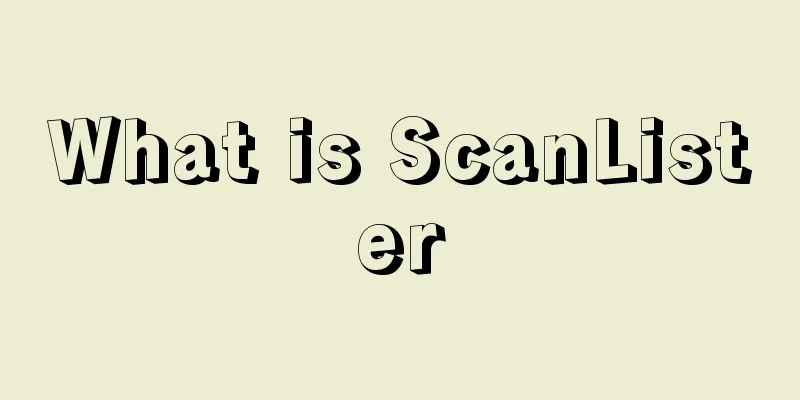What is SAA certification? SAA certification Review, Features

|
SAA certification is a certification under the Australian standards body Standards Association of Australian, and is known as Australian certification by many companies. Electrical products entering the Australian market must comply with SAA certification.
About SAA Whether it is imported or assembled in Australia, electrical products must first be certified by Australian International Standards before they can be sold in the Australian market. Different electrical products require different product quality certifications. All electrical products must undergo safety certification (SAA). Inspection agencies conduct destructive tests on electrical appliances to check their safety and reliability. For example, they conduct continuous overload tests on electrical appliances at high temperatures to check their safety performance. They conduct water leakage tests on the exterior of washing machines to check for leakage. They conduct abnormal use of electrical sockets to check for safety hazards, etc. Electrical products entering the Australian market must comply with local safety regulations, which is the SAA certification that the industry often faces. Due to the mutual recognition agreement between Australia and New Zealand, all products that have obtained Australian certification can smoothly enter the New Zealand market for sale. There are two main types of SAA marks, one is formal approval and the other is standard mark. Formal certification is only responsible for samples, while standard marks require each factory to review. At present, there are two ways to apply for SAA certification in China. One is through CB test report transfer. If there is no CB test report, you can also apply directly.
Scope of certification The scope of certification is mainly divided into quality management system; environmental management system; occupational health and safety management; information security management; the application period for Australian SAA certification for common products is 3-4 weeks. If the product quality does not meet the standards, the period may be extended. If the shipped products are not certified, the products will be detained or confiscated or fined.
Applicable Products If the product is not in the above catalogue, for this type of electrical products, if you want to enter the Australian market, you must provide an AS/NZS test report issued by an Australian accredited laboratory, or you can obtain SAA certification. If you cannot provide the report or the agency that issues the report does not have SAA accreditation, you will be punished by Australian regulations.
SAA certification process 1. Send product information (working voltage, current, wiring material brand, company information (company name, contact person, telephone number); 2. SAA staff will usually send a written price verification sheet within 1 working day and inform the technical documents and test sample quantity required; 3. Provide technical information and samples as required, and fill in the SAA certification application form and SAA certification contract in accordance with regulations; 4. Product testing and inspection report writing, report approval; 5. The Australian head office issues the SAA certificate; 6. The SAA certificate number is affixed to the product nameplate.
Require 1. The new law will be officially implemented on March 1 this year. 2. SAA certification and C-Tick certification will be gradually cancelled and replaced by RCM certification, which covers safety regulations and EMC (C-TIck may still be applicable to some low-power wireless products). 3. All electronic products will be divided into three categories: High, medium, and low risk. We do not have detailed classification information at present. Generally speaking, battery-driven products and products with voltage below 12V are low risk, 240V standard voltage products are medium risk, and high voltage products are high risk. The buffer period for low-risk products is 6 months, and the buffer period for medium- and high-risk products is 3 years (this period is recommended by relevant Australian associations, but the government has not yet finalized the specific law). 4. RCM certification can only be applied for by local Australian companies, and the company must apply for an RCM number from the Australian government. Chinese manufacturers and exporters can apply for IEC or AS/NZS reports in their own name, but the report must be submitted to the Australian importer to apply for RCM. The application registration fee is 75 Australian dollars per product per trademark per year (for example, an Australian company has two trademarks: A and B. It imports exactly the same batch of products from China, half of which are marked with A's trademark and one with B's trademark. That means it must pay a registration fee of 150 Australian dollars per year). 5. According to the expert's opinion, since importers will bear the risk of substandard product quality (responsible party), and non-Australian companies cannot directly apply for RCM certification, it is estimated that more and more Australian companies of a certain scale will change the current practice of Chinese manufacturers bearing the cost of making reports and applying for SAA in order to reduce costs. They will tend to designate laboratories with certain capabilities and reputations to provide insurance reports and test data, and then they will apply for Australian RCM certification. 6. In theory, Australian laboratories can also help a company obtain RCM certification as an applicant. However, according to the expert's opinion, due to the greater legal responsibility, it is estimated that most Australian laboratories will not take the initiative to take this risk. Even if they do, the related costs may be relatively high.
punish Electrical products exported to Australia must comply with electrical safety and electromagnetic compatibility standards. Failure to meet the requirements will result in the following actions: detention or confiscation of the product or a fine, generally around US$10,000 for an individual and US$200,000 for a company. |
<<: What is Eagle Bear Exchange? Eagle Bear Exchange Review, Features
>>: What is a Canonical URL? Canonical URL Review, Features
Recommend
What is The Golden Duck? The Golden Duck Review, Features
Based in Singapore, one of Asia’s most popular foo...
Amazon's top sellers list released! TOP1 seller's revenue exceeds $700 million
Amazon, which started out as an online book selle...
Indonesia's Bukalapak IPO raises $1.5 billion!
On July 21, industry sources said that Bukalapak,...
The "stay-at-home economy" is prevalent, and children's toys are selling well in the United States
The epidemic blockade has led to the continuous e...
Price power, merchant membership, and store live streaming are the three new growth engines. Tmall Double 11 will grow across the board in 2023
At midnight on November 12, the 2023 Tmall Double...
Shopee 11.11 Sale Concludes Successfully with Sales of Over 2 Billion Items, Setting a New Record
Leading e-commerce platform Shopee announced that...
Chinese sellers are booming overseas
Which industries will still make money in 2024? A...
What is Waishutong? Waishutong Review, Features
Shenzhen Waishutong Business Consulting Co., Ltd. ...
Ulta Beauty's Q1 sales surged 65%, with a gratifying growth
Recently, Ulta Beauty, the largest beauty retaile...
Black Friday attracted tens of thousands of orders in 7 days! Industry sellers are making money in SHEIN's peak season
Lisa, who lives in Los Angeles, is a loyal fan of...
Nearly 40,000 toys were inspected, and Chinese manufacturing suffered another blow
The Madrid government reported on Wednesday that ...
4.7 million units of a single product sold out, a big hit: even a huge sales volume is hard to bear
"Start from the cradle", and thus a pop...
Temu ranks first in Google Play, but industry insiders are pessimistic about it?
Temu has caused a sensation in the German e-comme...
What is BYKOL? BYKOL Review, Features
BYKOL is a technology-driven influencer marketing ...
What is Jubao Logistics · Cross-border Easy? Jubao Logistics · Cross-border Easy Review, Features
Jubao Logistics Cross-border Easy is a comprehensi...









